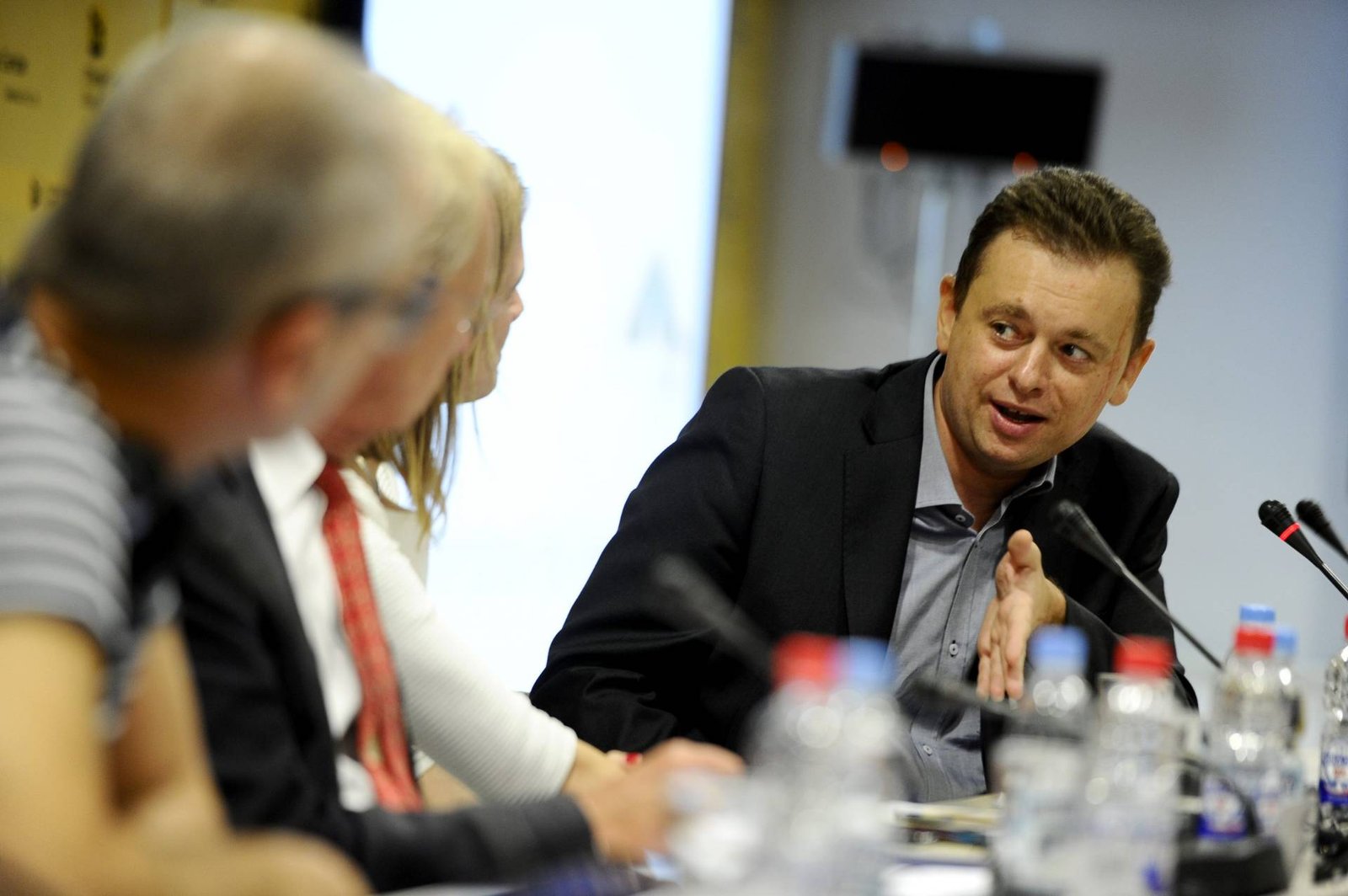
In September, Belgrade was selected as the host for EuroPride 2022. As Coordinator of Belgrade Pride for many years, Goran has led the development of Pride in the Serbian capital.
Goran, what do you think are the biggest challenges facing the LGBTI community in Europe right now?
The biggest challenges are the similar as for the human rights movement anywhere in the world. Firstly, populism is on the rise and new ‘enemies’ are always needed for such forces. If there are no other ‘enemies’ in the society, such as migrants, the LGBTI community could easily become the next target. This could be drastic like in Russia or Poland, or populists will simply reject any positive changes due to the supposed ‘threat to traditional values’.
Second, we have for a long time taken our achievements for granted and think that going backwards is not possible. Third, accountability for hate crimes and discrimination against the LGBT+ community is not upheld anymore and violence is on the rise in different countries. It looks like the LGBTI movement doesn’t have an adequate response to those challenges.
How can the Pride movement help to combat these challenges?
The Pride movement is helping to increase visibility of the LGBTI community everywhere in the world. As a consequence of increased visibility, our problems are recognised much more by the rest of the society. Apart from increased awareness, the Pride movement can empower the community and its capacity to fight for human rights. Moreover, our movement is always putting some form of pressure on governments to adopt laws or measures, or to show more commitment to combating discrimination.
Pride in each European country is a key step in the fight for improvement of the position of the LGBTI community. Ten years ago many activists in the Balkans were against Pride, expressing the argument that the Balkans are not like Western Europe and that the only way forward is to ‘work without provocation’. However, things got better only after Pride and that is clear fact. Human rights must be at the top of the movement’s agenda and that is our biggest contribution.

What’s your biggest hope for Pride in 2020?
When it comes to Belgrade Pride, we hope that the number of participants will grow despite existing homophobia in the society in Serbia and that during 2020 we will make big steps in preparations for EuroPride 2022. We count on increased support from public figures in Serbia and activists from the region. Having in mind the local context, security of all participants is also our biggest hope.
Looking further ahead, how would you like to see Pride develop in the rest of the decade?
Hosting EuroPride 2022 in Belgrade will mean a continuation of our efforts to support other Prides and communities in the region and we want to do much more every year. Also, strengthening the local LGBTI community with urgent adoption of missing laws (on registered partnerships, gender identity etc) is our clear focus until 2030. We will also search for innovative and creative ways for increasing visibility that could be incorporated into our Pride.
Which Pride(s) are you really looking forward to visiting in 2020 or beyond?
Prides from my region – Sarajevo, Skopje, Podgorica, Pristina, Tirana, Sofia – including EuroPride in Thessaloniki are on the top of the list. Prides which we traditionally attend such as Stockholm and Oslo are also the ones that I am looking forward to visiting, while some Prides we plan to visit for the first time, including London and Copenhagen.
I really hope that there we will have opportunity to visit even more Prides in Europe during this year.
Finally, what’s your most cherished memory of a Pride (from any time, anywhere in Europe)?
There are so many moments every year – the most recent from 2019 is from Bilbao, when Belgrade Pride won the bid for EuroPride 2022 or while we have parents of LGBT+ children speaking at Belgrade Pride for the first time. The most exciting moment was also the first Sarajevo Pride in 2019 or “marching with those who can’t” in many European Prides.
Images: Belgrade Pride
Find out more about Belgrade Pride on their website. You can follow Goran on Twitter and Instagram.
